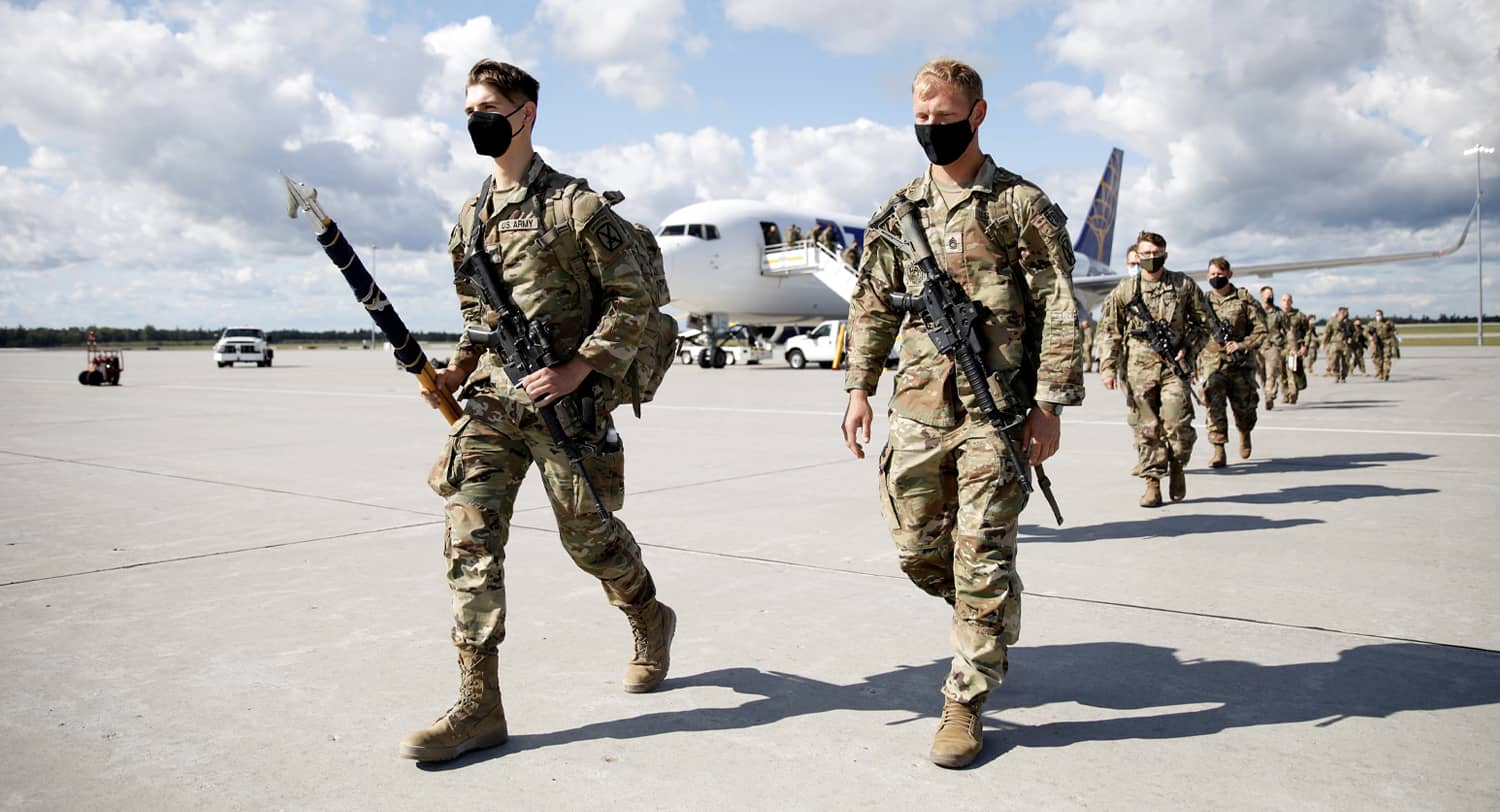On the two-year anniversary of the US withdrawal from Afghanistan, JST asked five experts who worked in and on Afghanistan for their comments.
THE CONSEQUENCES OF US POLICY
James Cunningham
On August 15, the Taliban celebrated the second anniversary of the fall off Kabul. Few other Afghans did the same. After two years of Taliban repression, Afghanistan is in danger of becoming a failed state, with all that implies for Afghans, regional stability and, ultimately, the security of America and its allies. The tragedy of Afghanistan is that it neither deserved nor needed to reach this condition. Now, the options for America and the international community are poor and limited by political and practical realities.
In 2019, before the fatally flawed Trump/Pompeo/Khalilzad surrender document to the Taliban called the Doha Agreement, Afghanistan was a poor, struggling but developing, democratic Islamic Republic, supported by a military coalition of almost 50 countries while dealing with a pernicious insurrection aided by Pakistan, and receiving significant development assistance from the international community. It was a Muslim ally in combating Islamic extremism. Yes, there was significant corruption and exploitation by Afghan elites, and a fractious political scene; dealing with that was a constant struggle. Afghanistan was never going to develop quickly and change required time and strategic patience. But by virtually every metric it was making progress, especially as a new generation of Afghans came to the fore. The number of US forces had declined to some 12,000 and were headed much lower. In 2019, there were fewer US military fatalities in Afghanistan than there were globally from training accidents.
The Trump administration initially briefed the media that US withdrawal would be conditions-based, contingent on the Taliban breaking with Al-Qaeda and engaging in serious peace negotiations on an inclusive political agreement. Trump, however, soon made clear that he intended to withdraw no matter what, even as the Taliban violated the agreement from the outset.
When he took office a year later, Biden had no need to implement Doha. As long as the Afghans remained willing to fight, he could have maintained a small US and NATO presence, at a sustainable military and financial cost, as a long-term insurance policy for security, as we have done in Korea and Japan. That is what our allies and partners, who would have stayed, wanted. That could have provided what was necessary from the very beginning: a conditions-based foundation of security to set the stage for a coherent political strategy to achieve peace.
Instead, after April 2021, the Afghan security forces, which we created to depend on our military and contractor support, began to collapse as that support withered.
Afghanistan is again a refuge for terrorists and a source of instability for Pakistan, facing economic distress, isolated internationally and in the midst of a humanitarian crisis forestalled by continuing efforts to provide aid. Women and girls are being obliterated from public life. Many thousands of Afghans are in limbo trying to secure passage to the US and other countries. And finally, US credibility as a long-term partner has suffered a serious blow in Afghanistan, under both the Trump and Biden presidencies, with lessons not lost on allies and adversaries.
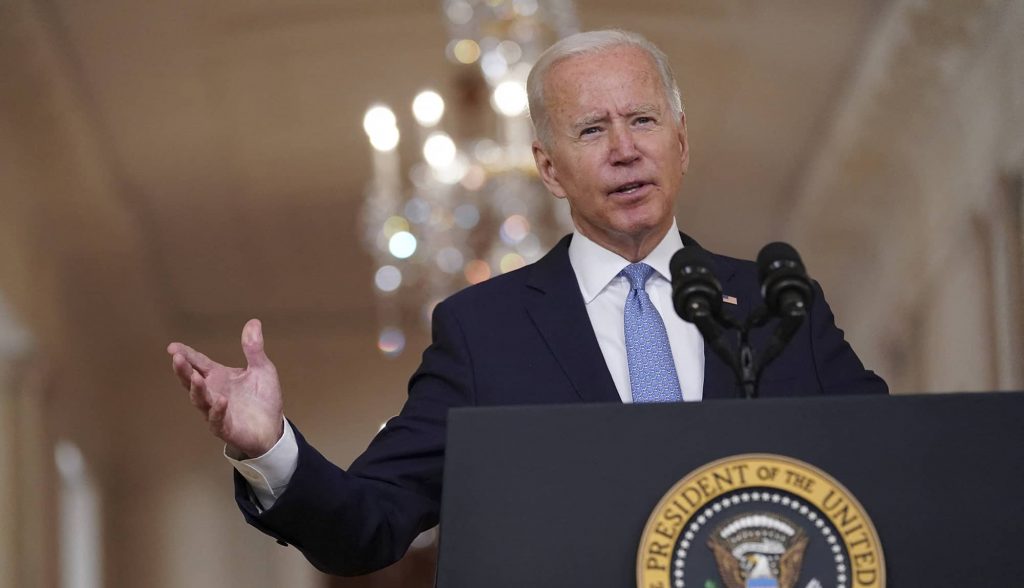
TRANSACTIONAL RESPONSES HAVE STRATEGIC CONSEQUENCES
Annie Pforzheimer
UN documents can be dry, but the June 2023 annual report reads like a tabloid. Written by independent experts, it addresses the implementation of sanctions against the Taliban. There are indications, the report notes, “that Al-Qaida is rebuilding operational capability, that TTP (Tehrik-e-Taliban Pakistan) is launching attacks into Pakistan with support from the Taliban, that groups of foreign terrorist fighters are projecting threat across Afghanistan’s borders and that the operations of ISIL-K are becoming more sophisticated and lethal (if not more numerous).”
In July, yet another cross-border attack by TTP killed 12 Pakistani soldiers and a civilian. The report notes that Al-Qaeda numbers are low but that some of its members are serving in Taliban security structures, including as the director of training for Taliban defense forces.
A month after the UN report went public, President Biden said that he had been “right” to predict in 2021 that “Al-Qaeda would not be there” and that the U.S. would “get help from the Taliban.” The Taliban welcomed his remarks, but Biden’s words were at odds with both the UN report and a March 2023 joint statement by his own Special Envoy for Afghanistan, other countries’ special envoys and the UN, which “expressed grave concern about the increasing threat of terrorist groups in Afghanistan, including ISIL-K, Al-Qaeda, Tehrik-i-Taliban-Pakistan and others, which deeply affects security and stability inside the country, in the region and beyond.”
Countries of South and Central Asia face a neighbor in Afghanistan which considers itself a jihadi exemplar and hosts an alphabet soup of Islamist and nationalist terror cells. These countries by necessity take transactional approaches to dealing with the Taliban. China has signed multiple economic agreements with Taliban and sent its foreign minister to Kabul in March 2022, even though Uyghur fighters receive Afghan passports and identity documents. Uzbekistan is completing a railroad project although hundreds of Uzbek Islamist and nationalist fighters live in provinces on the Afghanistan-Uzbekistan border, according to the UN report. Living next door means there are few good choices.
In contrast, the US transactional approach, for instance Biden’s claim that “the US will get help from the Taliban” on counter-terrorism which was amplified by his national security advisor, is deeply unnecessary. It puts wider US national security interests at risk.
The UN report notes that “the Taliban have quietly reached out requesting intelligence and logistical support to fight ISIL-K, offering itself as a counter-terrorism partner. Given the close relationship the Taliban enjoys with Al-Qaeda, TTP and other terrorist groups, there is a significant risk in allowing the Taliban to define against which terrorist groups it will act and against which it will not.”
ISIL-K is not a common enemy; the Taliban fights them to consolidate power but not to dissuade their message. The international attraction of the Taliban’s message and use of terror on its own citizens is already seen in countries such as Yemen. A photo of US officials publicly sitting with the Taliban is easily manipulated to present the West’s supposed acceptance of these heinous practices.
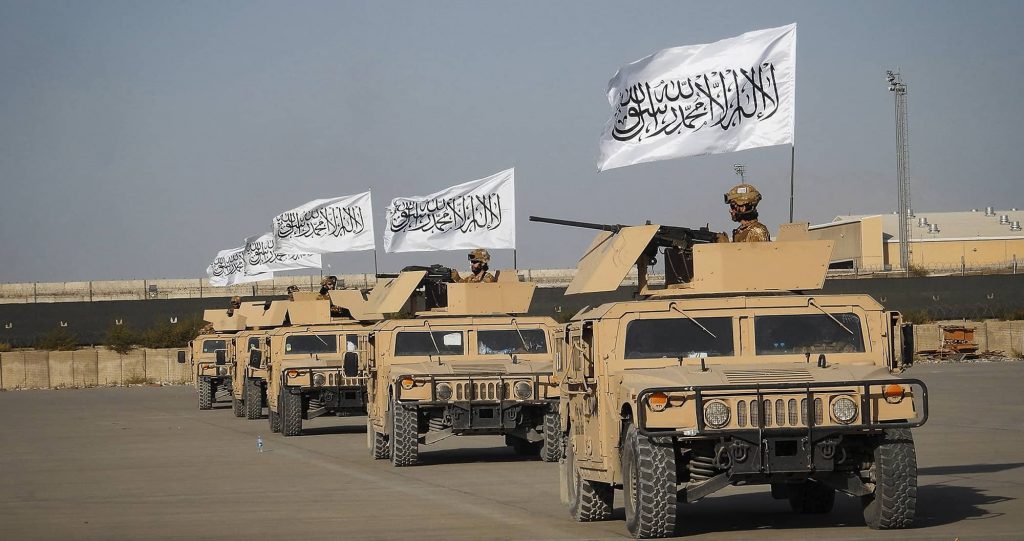
KEEP AN EYE ON CENTRAL ASIA
Richard E. Hoagland
Immediately after 9/11, Russian President Vladimir Putin publicly endorsed the fight of America and its NATO allies against Al-Qaida in Afghanistan. After all, this would help protect the Central Asian states that Putin considered Russia’s sphere of influence.
At the time, individual states in Central Asia willingly accepted the temporary use of their territories for the Western military effort in Afghanistan. Uzbekistan offered an abandoned Soviet airfield at Karshi-Khanabad. Kyrgyzstan provided the use of Manas International Airport, not far from an existing Russian military presence at the Kant Airfield. Tajikistan, site of the largest Russian military foreign deployment at that time, offered military facilities, but Secretary of Defense Donald Rumsfeld decided that two sites would be adequate. Even “permanently neutral” Turkmenistan very quietly allowed refueling of US and NATO aircraft at the Ashgabat International Airport.
Twenty years later, when President Biden fully withdrew the US military presence from Afghanistan in August 2021, the five Central Asian leaders and their mostly government-controlled mass media kept a stiff upper lip, at least in public. Behind the scenes, however, there are serious concerns that the Taliban will take their jihad into Central Asia, that other terrorist groups like the Islamic Movement of Uzbekistan would return to Afghanistan, and that the ISIS-proclaimed Islamic Caliphate of Khorasan claiming a good chunk of western Central Asia might become a reality.
Over the past two years, no Central Asian government has politically recognized the Taliban government in Kabul. Kazakhstan has provided continuing humanitarian aid to the people of Afghanistan and has set aside places in its universities for Afghan students, both male and female. Uzbekistan has negotiated with the Taliban over contested water rights of the Amu Darya River that separates their two countries. An uneasy New Normal is in place – so far.
A nearly simultaneous challenge for Central Asia has been Putin’s invasion of Ukraine. Not one Central Asian capital has publicly endorsed it, and Kazakhstan has quietly provided humanitarian assistance for the people of Ukraine. Why has Ukraine been such a shock for these countries, each one, like Ukraine, a former Soviet Socialist Republic? In part, because the thinking goes, “If he could do it there, he could do it here.”
Ever since the fall of the Soviet Union at the end of 1991, the five Central Asian states have adroitly balanced their relations among Russia, China, the European Union, and the United States, what Kazakhstan first named multi-vector foreign policy. In reality, Russia and China have been by far the biggest players, and China’s presence in Central Asia has grown significantly since 2013 with its Belt and Road Initiative.
Keep an eye on Central Asia. The five young countries are looking outward as never before. They’re looking beyond Moscow, Beijing, Brussels, and Washington to build new political, economic, and infrastructure links, most recently with the Gulf states. Equally important, they’re looking more toward each other with the goal of building a regional association. Historic international dramas like the US withdrawal from Afghanistan and Putin’s war against Ukraine are speeding up the emergence of Central Asia as an important region in its own right. It’s most certainly no longer just the junior partner of greater powers.
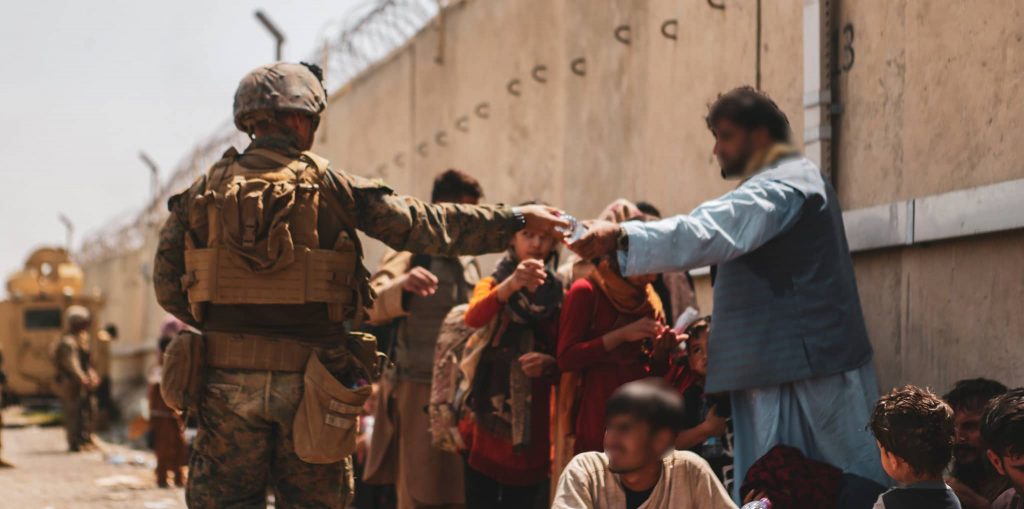
MISSION ABANDONED
Sher Jan Ahmadzai
In planning the US withdrawal of troops from Afghanistan, both Presidents Trump and Biden ignored suggestions and proposals from experts and bipartisan groups. One such group was the Afghanistan Study Group mandated by Congress in 2019, which offered five recommendations and above all suggested that “the United States should explicitly reinforce the conditionality of final troop withdrawal.” But in the end, conditionality of final troop withdrawal was never seriously considered by the US government.
Despite the end of war, Afghans suffer from attacks by ISIS, loss of rights and access to education, especially for women who are barred from attending schools beyond grade 6, restrictions on political and social activities including freedom of speech, and most importantly, a loss of hope for a better Afghanistan. As a result, thousands of young Afghans flee Afghanistan every day in the quest for a better future. The absence of war in Afghanistan, however, is yet to materialize into long-lasting peace. The gains made by the Afghans since 2001 have all been washed away after the Taliban took over the country.
The American presence in Afghanistan had helped keep the region of Central Asia stable. The fears of conflict and problems spilling over to the other countries in the region were significantly contained. During the 20 years of the American presence in Afghanistan, all of the terrorist groups in the region were busy fighting the American and Afghan forces.
Now that the US is out of Afghanistan, regional dynamics are different. Although the Taliban in the Doha deal agreed to sever links with Al-Qaeda and other terrorist groups, Afghanistan has once again become a hotbed of various groups that pose threats to the countries in the region and American interests. For instance, reports suggest that ISIS-K has already started regrouping and gaining strength in Afghanistan after the withdrawal of US forces.
Let’s not forget that the original reason for the US deployment to Afghanistan was to eradicate terrorist groups. Now they have started coming back to Afghanistan. This isn’t mission accomplished but rather mission abandoned.
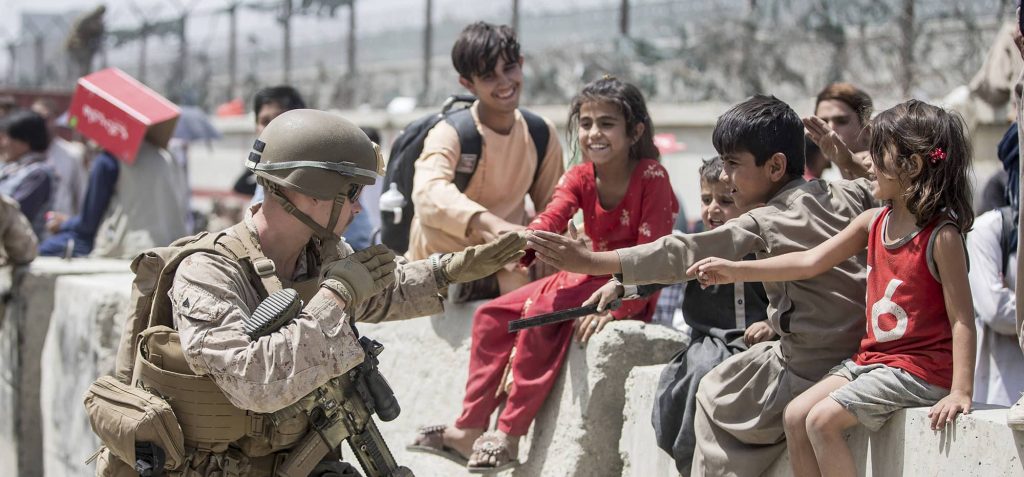
RECOMMITTING TO HELP AFGHANISTAN
Anne C. Richard
Afghanistan commanded daily media coverage when the US-led coalition displaced the Taliban in the aftermath of the September 11th terrorist attacks. It did so again in August 2021, when the Taliban overthrew a democratic government and brutally reversed the gains of the preceding two decades. Two years after the fall of Kabul, attention has waned; an UN fundraising appeal, meant to support everything from basic medical care to food aid, has received only one-quarter of the intended $3.2 billion. Americans are weary of the topic and their politicians focus more on assigning blame for the catastrophe that culminated in August 2021 than on the current plight of Afghans. Europeans, meanwhile, are responding much more energetically to the needs of deserving Ukrainian refugees than for equally deserving Afghan refugees. But losing focus on Afghanistan helps no one.
The Taliban preside over an illegitimate regime that cares little for the welfare of Afghans who do not adhere to their beliefs. Since seizing power, the Taliban have committed gross human rights violations and have failed to protect ethnic and religious minorities like the Hazara. The regime has introduced numerous edicts, including one removing girls older than the age 10 from school, that amount to gender persecution—a crime against humanity. And Afghanistan remains a haven for terrorists; the Taliban harbored Ayman al-Zawahiri for nearly a year before he was killed in a US drone attack, while young Taliban fighters are now active beyond Afghan borders.
Those who fled Afghanistan for neighboring countries, including human rights defenders and journalists, report a perilous existence. Further afield, some Afghans who helped Americans during the war now languish in what were supposed to be short-term sanctuaries. A friend’s brother, for example, waited 20 months in the United Arab Emirates for a chance to reunite with her in the United States. But when his special immigrant visa was delayed, he accepted resettlement for himself, his wife, and his children in Canada. Better that than to linger in prison-like living conditions. Another three brothers who remained in Afghanistan were arrested. Two returned alive; the authorities murdered the third.
Afghans who supported their nation’s democratic experiment have sustained grievous losses with its end, but the international community can still—and must—help them. Earlier this month, more than 30 independent UN human rights experts called on the world to recommit to helping the Afghan people; international human rights groups have also spoken out. Donor countries can answer the call by maintaining diplomatic pressure on the Taliban, protesting human rights violations, providing aid to those who need it, protecting and comforting those who have fled, and quickly resettling the most vulnerable in safe countries. The Afghan people have shown tremendous bravery over two decades of hard-fought progress and two years of despair; the world can do more than turn its back.
